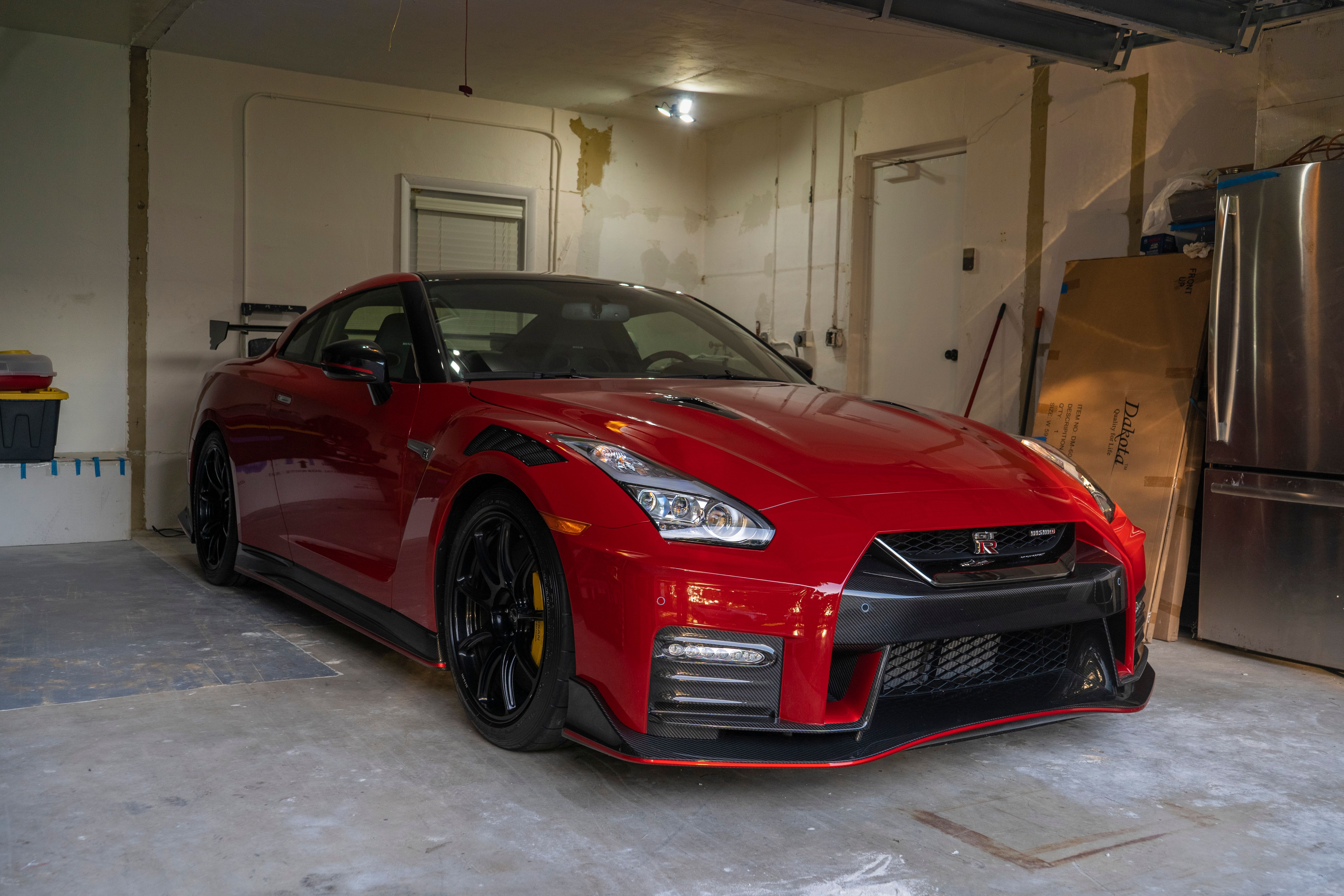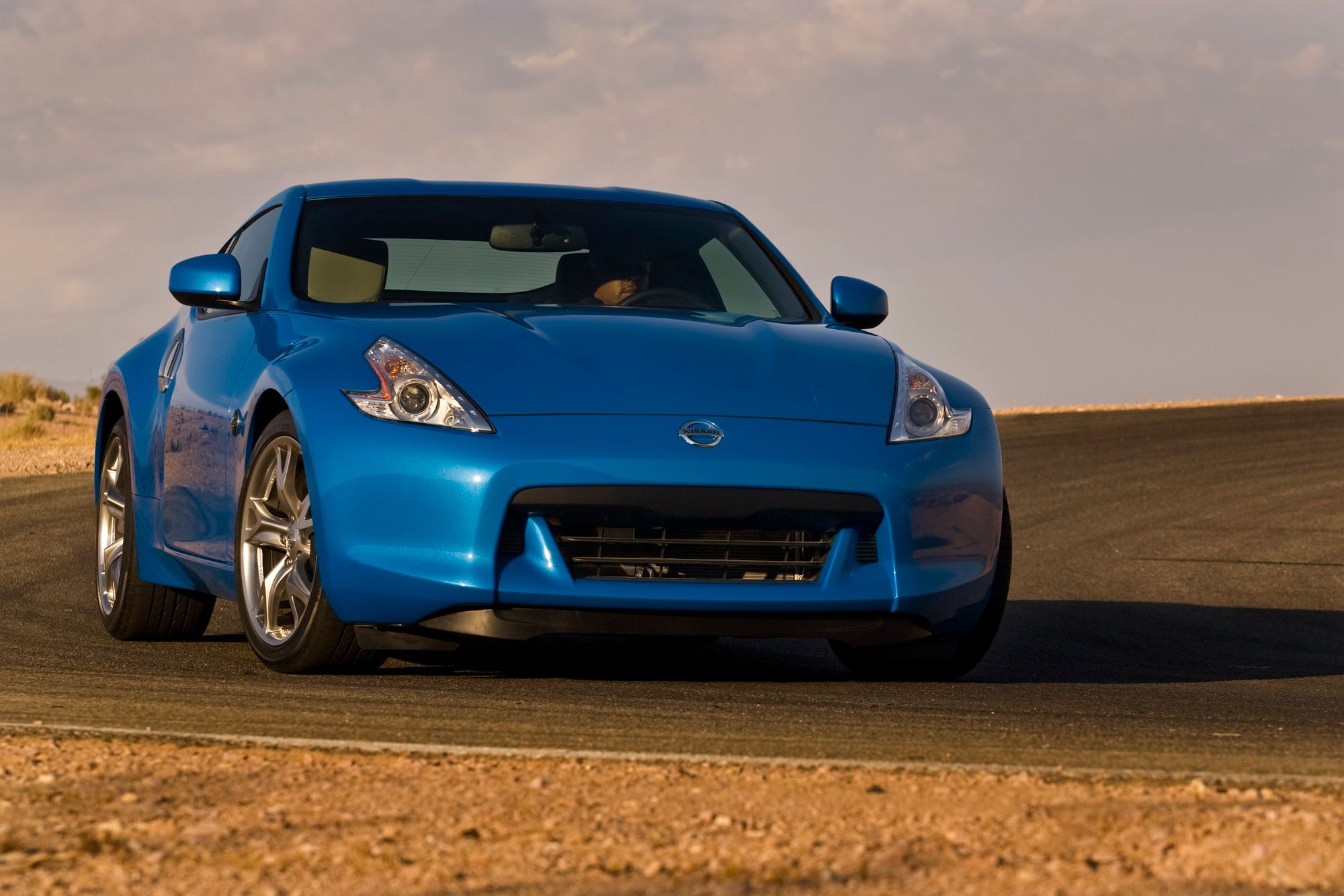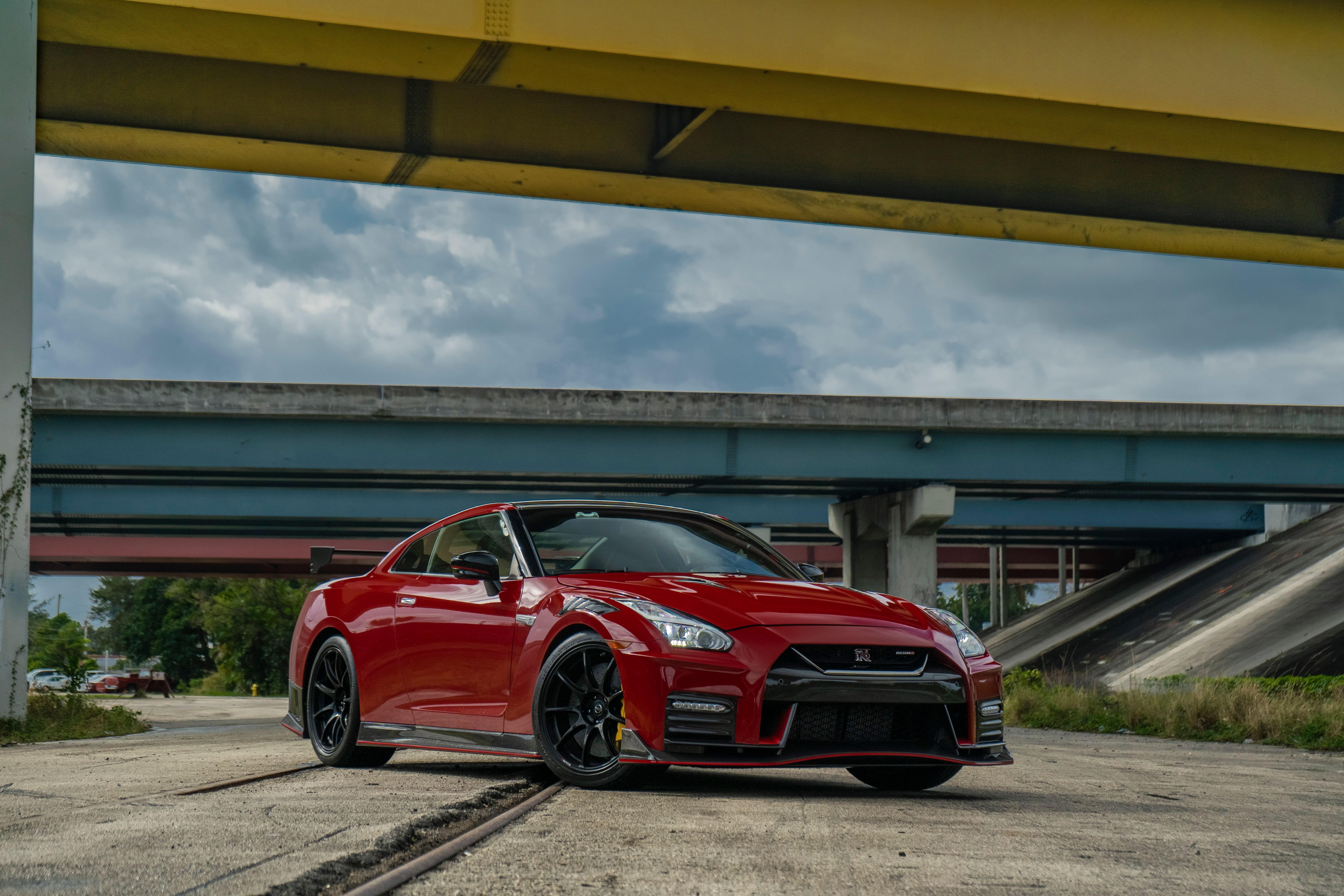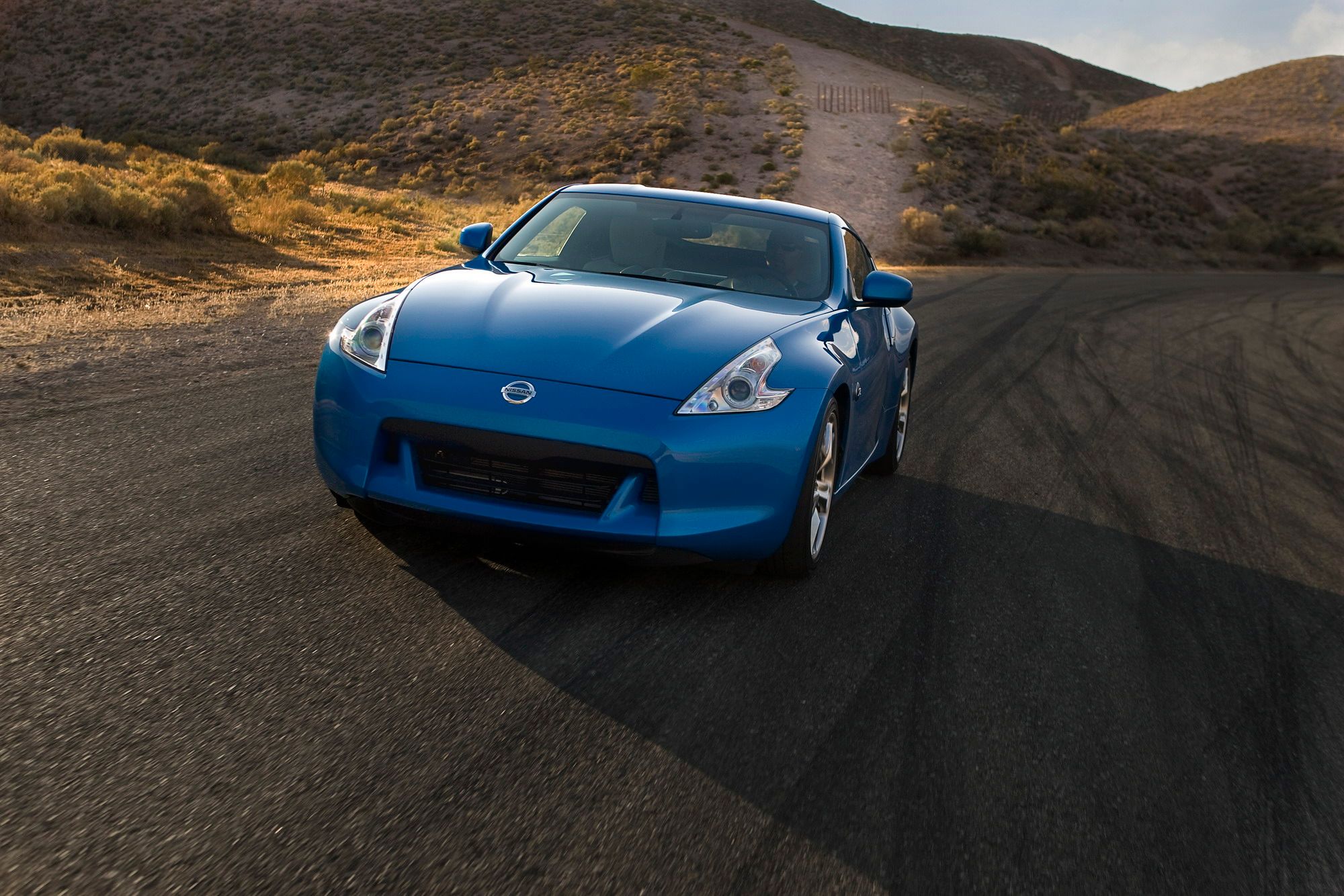Nissan is in dire straits, and the Japanese automaker could be making some tough decisions that could spell the end of some of its most popular models. Like most automakers that have been affected by the fallout from the COVID-19 pandemic, Nissan is scrambling to keep itself above water in the wake of tanking car sales all over the world.
Plans to roll out a €2.8 billion savings package is expected to be rolled out soon, and part of that package could result in the demise of the Nissan Z and GT-R models in Europe. It sounds incomprehensible to imagine a world where the GT-R isn’t sitting on top as Nissan’s halo model, but Nissan is being forced to make some tough decisions to stay afloat in an industry that has taken a major hit because of the global pandemic.
What’s ailing Nissan?
A lot of things and some of them didn’t just pop up because of the COVID-19 pandemic. Nissan’s been struggling to get its bearings since the arrest of chairman Carlos Ghosn for fraud back in 2018.
Sales went south as Nissan struggled to deal with the fallout from the Ghosn scandal. In the U.S. — it’s long been one of Nissan’s most important markets — sales fell by 10 percent in 2019, an incomprehensible decline at a time when car sales were approaching record levels.
Then COVID-19 brought the world to its knees. The coronavirus pandemic has effectively shut down the auto industry all over the world. Nissan’s not the only automaker that has been crippled by the pandemic, but all things considered, the COVID-19 pandemic has put Nissan on the brink.
What are Nissan's plans to stem the tide?
Like any business that’s struggling to make ends meet, one of the first steps it takes to stop the bleeding is to cut costs. Nissan reportedly has plans to do that, and the amount of money it plans to not spend is staggering. According to Autonews Europe, Nissan is set to announce a cost-cutting measure amounting to €2.8 billion. Yes, €2.8 billion.
The initiative is reportedly part of a three-year plan that can hopefully keep Nissan afloat long enough for the automaker to swim to shallower waters. There are, of course, tentacles to this staggering money-saving measure, one of which is putting the Datsun brand to pasture — permanently.
Not that it’s a big loss; Datsun has largely become an afterthought as a car brand. It’s only available these days in select countries as a low-cost car brand so the brand’s demise isn’t that earth-shattering in the grander context of Nissan’s plans. Besides, the brand’s production hub in Indonesia was shuttered in December 2019; if anything, that was a sign of things to come for Datsun.
In addition to scrapping Datsun, Nissan also plans to shave spending across a lot of its key departments, including marketing and research and development. Reuters is also reporting that Nissan plans to rely heavily on its partner Renault, and part of that involves putting more focus on rolling out crossovers, SUVs, and commercial vehicles in Europe.
It’s a sound move considering how popular crossovers and SUVs have become all over the world, though it has to be said that the world has dramatically changed in the last three months. It remains unclear how much consumer power will remain once the pandemic clears. Either way, hitching your fortunes on the most popular auto segment these days is a sound move to get back on your feet.
Could we really be seeing the end of the Nissan Z and Nissan GT-R?
I know it’s a bitter pill to swallow, especially when you consider that there’s been growing momentum surrounding next-generation models for both models in the coming years. Sure, both the 370Z and the R35 GT-R have been around longer than they probably should — the 370Z has been in the market since 2009 and the current iteration of Godzilla has been around since 2007 — but it’s been widely reported that the long-awaited successor to the 370Z — possibly named the ‘400Z’ — is already in the works}.
Nissan even took a 370Z-based prototype to the Nurburgring for some test runs last year. Heck, the automaker even trademarked a new ‘Z’ logo two months ago that got people, including the ones here, all excited. If Nissan scraps the development of the 400Z, it’d be devastating, not only for fans of the brand, but, more importantly, for those who have literally waited more than 10 years for a follow-up to the 370Z.
Then there’s the R35 GT-R. Even thinking about the thought of living in a world without the GT-R in it is already bumming the hell out of us. Granted, the next-generation R36 isn’t expected to arrive for a while, but it’s still disappointing if Nissan decides to retire the model. For now, the Reuters report claims that the culling would happen in Europe, leaving the door slightly ajar for both performance models to remain alive in other markets.
Reuters0}
The Nissan Navara’s fate is not directly tied to that of the 370Z and the GT-R, but it could also be on the chopping block as part of Nissan’s cost-cutting measures. Worse, the end of the Navara isn’t limited to just the European market; if Nissan goes ahead and closes its production facility in Barcelona, Spain where the Navara is manufactured, the pickup could be wiped off the company’s lineup completely alongside its Renault-badged cousin, the Alaskan.
Sure, the Navara isn’t as high-profile a model as the 370Z and the GT-R, but it’s been a staple of Nissan’s pickup lineup since the D21 series hit the market in 1985. Its reach spans the globe, too, since it’s currently sold in all six continents, not counting Antarctica.
It’s also unclear if the Navara’s demise affects the status of its U.S. version, the Nissan Frontier. The latter is manufactured in the automaker’s production facility in Canton, Mississippi, alongside the Murano, TITAN, TITAN XD, NV Cargo, and NV Passenger.
Nissan has so far not made any comments on these reports, but if there’s any validity to them, we might have to prepare ourselves to live in a world where three of Nissan’s most high-profile models become market-limited or scrubbed off completely.




